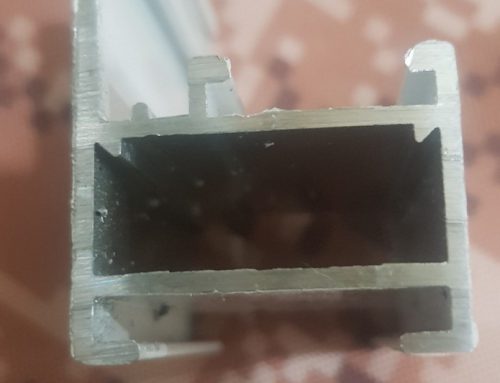Aluminum Louver
Aluminum Louvers are versatile architectural elements that combine airflow control, weather protection, and modern design. Available in drainable and non-drainable types, they adapt to different project needs—offering either resilience against rain or enhanced aesthetics. Compared with other materials like galvanized steel, stainless steel, or copper, aluminum stands out for being lightweight, corrosion-resistant, and highly customizable. Louvers improve ventilation, reduce heat and moisture, and protect buildings from environmental stress while complementing architectural style. Custom aluminum louvers, designed for unique facades, provide both functional performance and visual appeal, making them a sustainable and valuable choice for contemporary architecture.

Aluminum Louver
🍃Aluminum Louver: Blending Functionality and Aesthetics
The Aluminum Louver has become an essential feature of modern architecture, uniting practical performance with elegant design. These structures regulate airflow, defend buildings against environmental stressors, and enrich the exterior appeal of any project. With options ranging from drainable systems to custom aesthetic solutions, aluminum louvers are highly adaptable to commercial, industrial, and residential needs.
🍃Drainable vs. Non-Drainable Aluminum Louvers
Drainable Aluminum Louvers are engineered with extruded aluminum chevron blades that redirect rainwater away from the interior. Through integrated jambs and vertical downspouts, water is safely channeled toward the sill, protecting the building even in extreme weather.
By contrast, non-drainable aluminum louvers prioritize architectural elegance. While they lack water drainage channels, their streamlined design harmonizes with building facades, offering a seamless aesthetic upgrade.
🍃Exploring Louvers and Ventilation Solutions
Louvers come in various forms such as galvanized, stainless steel, copper, and especially aluminum louvers. Galvanized steel offers durability, stainless steel delivers strength with style, and copper creates a striking patina over time. Aluminum, however, stands out for being lightweight, corrosion-resistant, and versatile.
As ventilation slats or fins, louvers regulate airflow, reduce heat and moisture, and shield interiors from wind and rain. These characteristics make them a trusted choice in HVAC systems, industrial plants, and architectural facades.
“If you are searching for scientific articles in these areas, please visit this link.”
🍃Custom Aluminum Louvers for Unique Projects
Every building has unique needs, and custom aluminum louvers provide solutions tailored to specific architectural goals. From channel frame and chevron blade louvers to intake/exhaust combinations, custom designs merge practicality with creative freedom. Whether for a cutting-edge glass tower or a traditional stone facade, aluminum louvers deliver performance while complementing design vision.
Conclusion:
From energy efficiency and weather protection to enhanced aesthetics, Aluminum Louvers are more than functional devices—they are defining architectural elements. Their adaptability across materials, styles, and applications ensures that every project benefits from both protection and visual refinement.
Aluminum Louvers are more than just architectural details—they are smart solutions that combine durability, aesthetics, and performance. From weather protection to enhancing visual appeal, their adaptability makes them essential in modern construction. To further explore how louver sections contribute to sustainable architecture and energy efficiency, click here.





Leave A Comment